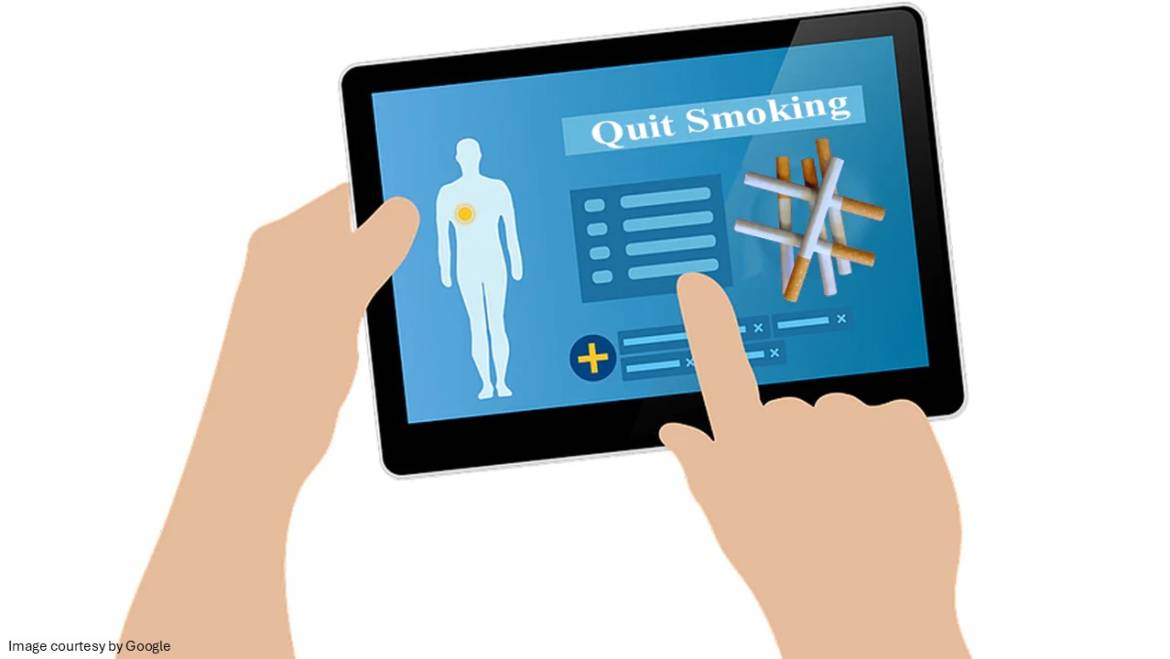Tobacco smoking is one of the substance abuses that continues to be considered a public health concern worldwide. Over the last few decades, great governmental and non-governmental efforts have been introduced to control smoking prevalence; they aim to reduce the incidence of smoking cessation, educate youngsters about the risks associated with smoking, and promote smoking cessation among current smokers. However, smoking is considered to be a highly addictive behaviour due to nicotine, a powerful stimulant and psychoactive substance present in it.
The tobacco industry has incorporated different types of marketing skills to promote smoking brands. These tactics often include attractive packaging, extensive advertising, and different flavours to target different populations. The cultural and societal acceptability of smoking is one of the reasons behind the widespread use of tobacco. So, the main challenges faced by the individuals who wish to quit smoking include:
-
- The addictive behaviour of nicotine
- The innovative ideas of manufacturing companies
- The cultural acceptability of smoking
Moreover, the major cause of the persistently increasing tobacco use is considered to be the addictive properties of nicotine. Nicotine is responsible for stimulating dopamine production in the brain, giving rise to a rewarding sensation and reinforcing the habit-forming cycle. Over time, regular smoking contributes to nicotine dependence, which makes it tough for individuals to quit without incorporating a nicotine replacement in their routine. Despite all these difficulties, a wide range of initiatives have been introduced nationally or internationally to deal with the challenges of smoking. An example of an international initiative to control widespread smoking is the World Health Organization (WHO) Framework Convention on Tobacco Control (FCTC), which is considered the first global treaty negotiated under the WHO.

Role of technology-based interventions
With evolving societal behaviour and communication patterns, technology is introduced as a powerful tool that revolutionizes substance abuse prevention and treatment. The traditional methods of treatment and prevention of substance abuse involved face-to-face counselling, group therapy, educational books and materials. While these methods showed some effectiveness, they often face limitations in terms of accessibility and engagement. However, rapid advancements in technologies and new avenues have been introduced, which offer innovative ideas to deal with smoking habits.
Digital technologies like smartphones can help technology-based interventions reach a wider audience. Technology allows a user to have access to real-time monitoring and assessment. It enables personalized interventions adjusted to an individual’s specific requirements, providing privacy while reducing the fear of judgment. Smartphones have become useful tools that allow users to try technologies that support a quit smoking program. There are specific applications that make it possible to bring healthcare closer to inaccessible locations, continuously monitor a patient’s condition at any time, promote healthy habits, and ultimately improve a patient’s overall quality of life.
Role of social media in promoting smoking cessation
Social media platforms are another crucial aspect of digital technology that provides an opportunity to join a large population. The online platform helps you engage with online communities and networks, allowing for social support. This could be a topical argument that social media could be utilized to promote and encourage substance abuse, especially targeting the young population through advertisements and the portrayal of smoking in movies. However, the online platforms used to promote tobacco smoking and other substance abuse are usually different from the platforms that are used to help smokers quit smoking and usually don’t use similar networks.
The WHO encourages the importance of research in dealing with global health challenges. Likewise, the US Centres for Disease Control and Prevention recommends research for health promotion and preventive strategies. Determining the addictive nature of tobacco smoking, advancements in digital technology, as well as the recommendations by international health organizations to go with research to address major health challenges worldwide, researchers have focused on incorporating technology to curb tobacco smoking rates through treatment and preventive measures.
Pharmacological therapies for making quit attempts successful
In addition to behavioural therapies, there are medicinal treatments available to help overcome nicotine withdrawal symptoms. Majorly two types of medicines are available that may be able to relieve withdrawal symptoms, which include nicotine replacement therapies (NRTs) and non-nicotine replacement therapies. NRTs include nicotine gum and patches. On the other hand, non-nicotine therapies include medicines like varenicline and bupropion.
Steps of an Online Quit Program
-
- Planning and making quit attempts: A digital quit smoking program helps smokers create their plan to adopt a tobacco-free life. The program leads through the first step forward to make a customized quit plan, including setting a quit date, identifying the triggers and learning how to ignore them. Throughout the entire process, users not only get to know about their individualized requirements but also their addictive behaviour. This knowledge helps prepare a smoker for the quit-smoking journey. With the help of a quit smoking tracker online, one can track their progress through the entire program.
- Connect with peers: As mentioned above, online communities play a key role in an online quit-smoking program. Research shows that social support makes a huge difference. Engaging with quit smoking support groups online offers smokers easy access to a diverse network, 24/7 support, and a place to build social relationships with others who are experiencing the same issues while deciding to quit smoking.
- Consider nicotine replacement therapy: Combining a digital quit smoking program with nicotine replacement therapy like gums or lozenges can be extremely effective. According to research studies, those who use technology-based interventions are more likely to adhere to it if they have access to join other members via an online social network and if the smoking cessation program provides nicotine replacement therapy. A well-established online quit smoking program helps its users choose the appropriate form of NRT, which is delivered right to their homes.
CDC suggests quitSTART, which helps people quit smoking. You can also refer to the Quit with Us platform to learn the best techniques to get rid of smoking habits.
Verdict!
Technology can even cross geographical barriers and reach every individual, even in remote areas, with adequate digital literacy. A no smoking app helps users quit smoking with tailored tips, inspiration, and challenges. Additionally, medication to quit smoking is especially effective.



